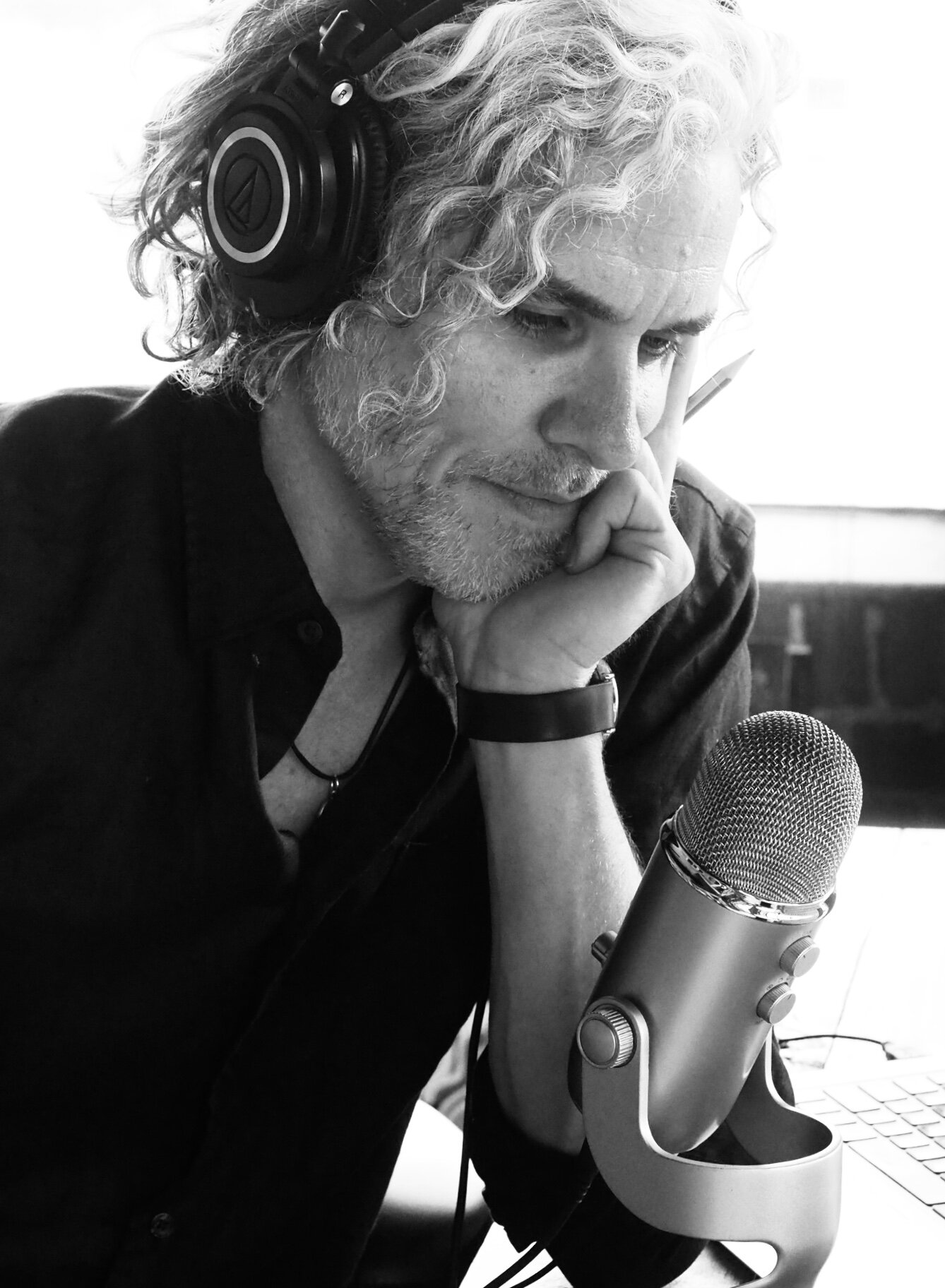Still Life
Disparate singulars find their synthesis
beneath the brush bearer’s furrowed brow,
reasoning from general to the particular
and outward from perception, back to distinction,
where a single stroke wields doubt and promise.
Among the vases veiling sorrows and
the beaujolais cherub tempters tart,
the black blood bleeder suffers
the scorn of the bottle’s vacant bronze glare,
as shadows, cloaking canvas, fall naked
in sweeps of additives and subtractives,
discordant harmonies emerge among mid-values,
framed amid lightest light and darkest dark:
The painters vision declares dominion.
vain imaginings of a life that’s still.
About this poem:
Art class. Monday nights. It’s painfully evident: I’m an abysmal artist. My daughter is a brilliant artist (partiality aside), her talent led us to take this art class together. After a few weeks of appalling efforts, I decided I would ditch the charcoals and pencils and “paint” with words each week’s subject. This past week’s topic was Still Life. If you’ve never attempted to paint a still life, it’s maddening. The general genius of the arts resounds true in still life painting: the more simplistic it seems, the more arduous the process. I sat among other artists, staring at a rudimentary still life, a haphazard assembly of bottles, apples, bananas, and vases, trying to paint a vignette, a perception only I could see. The connection between art, poetry, and photography, is strong because of this perceiving, as all three arts “arrest the flow of time” (Arnold Newman). I love art and often, when I travel, I will visit the local art museum. Many of my favorite poets were either artists or ardent art connoisseurs, both arts sharing a close symmetry because “poetry is language with a shape” (Michael Schmidt).
This poem is ekphrastic, a type of poem that focuses on art.
